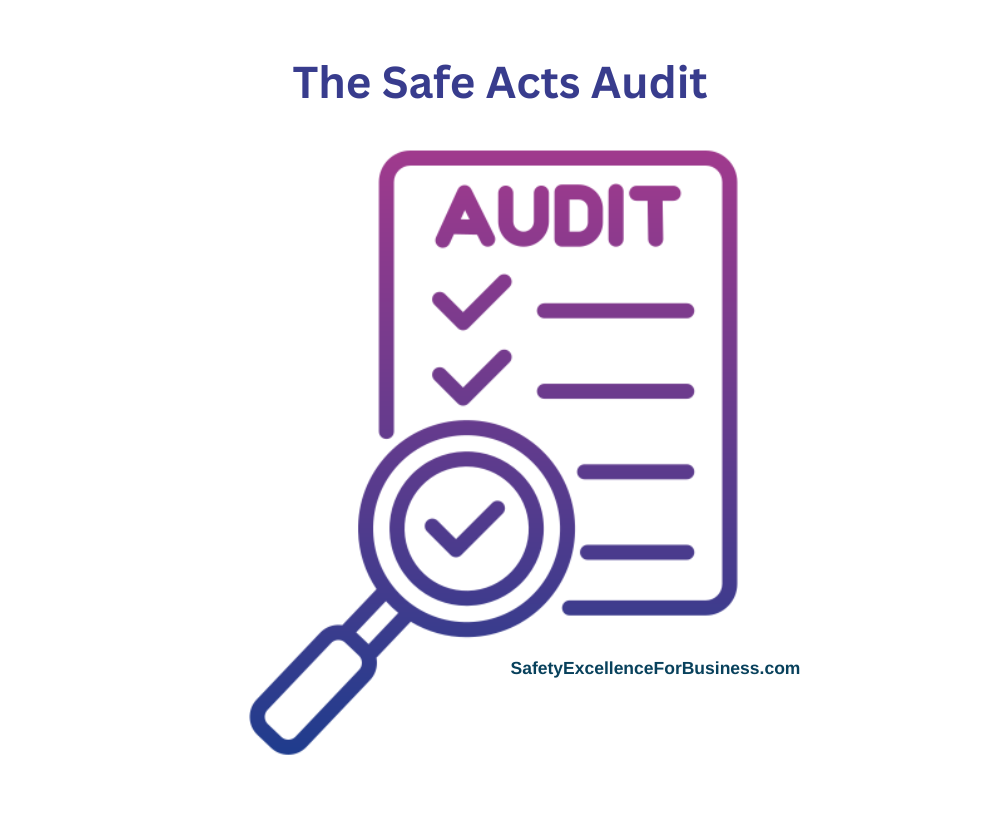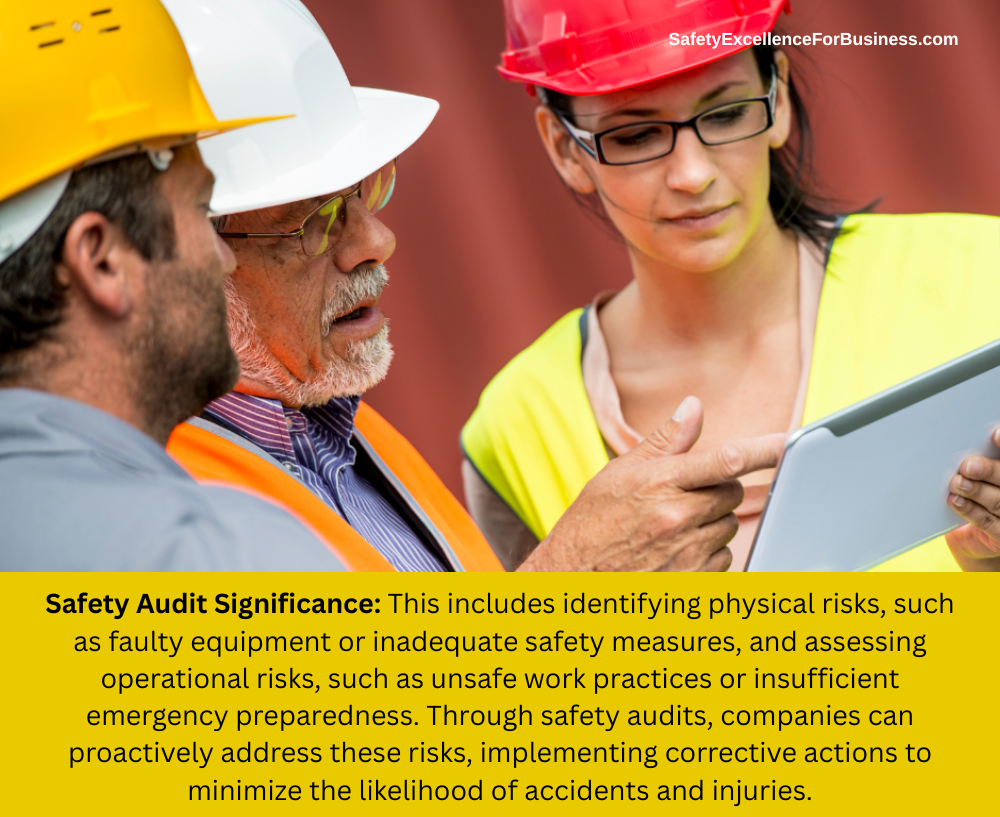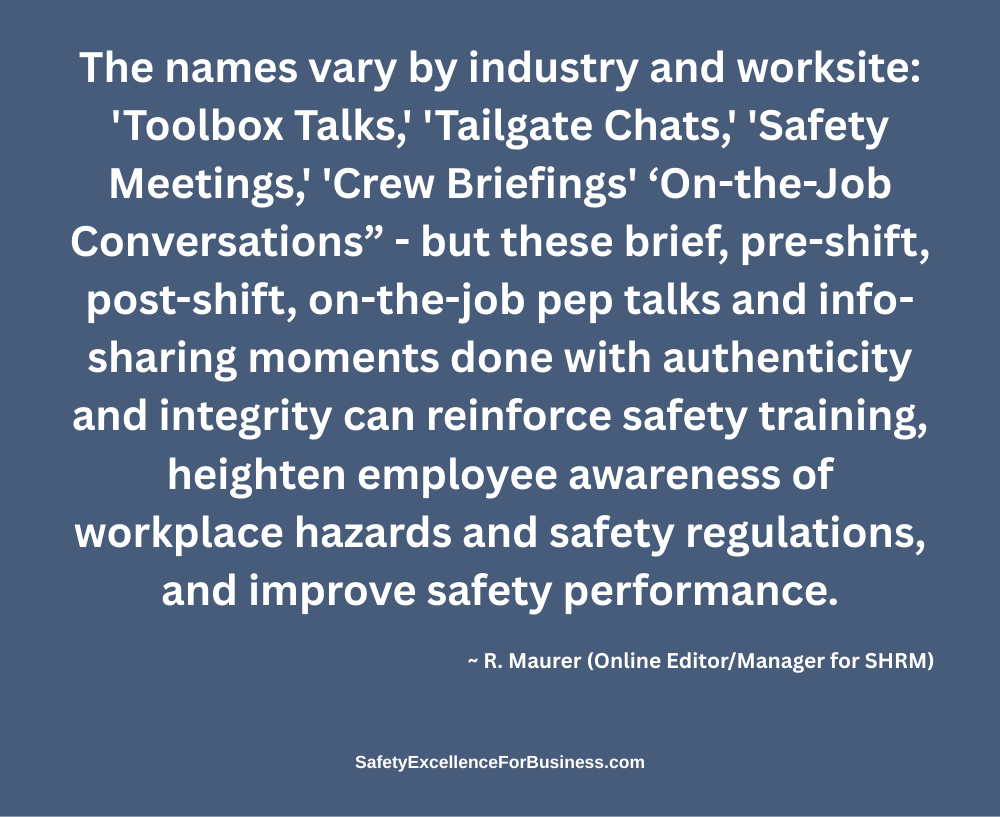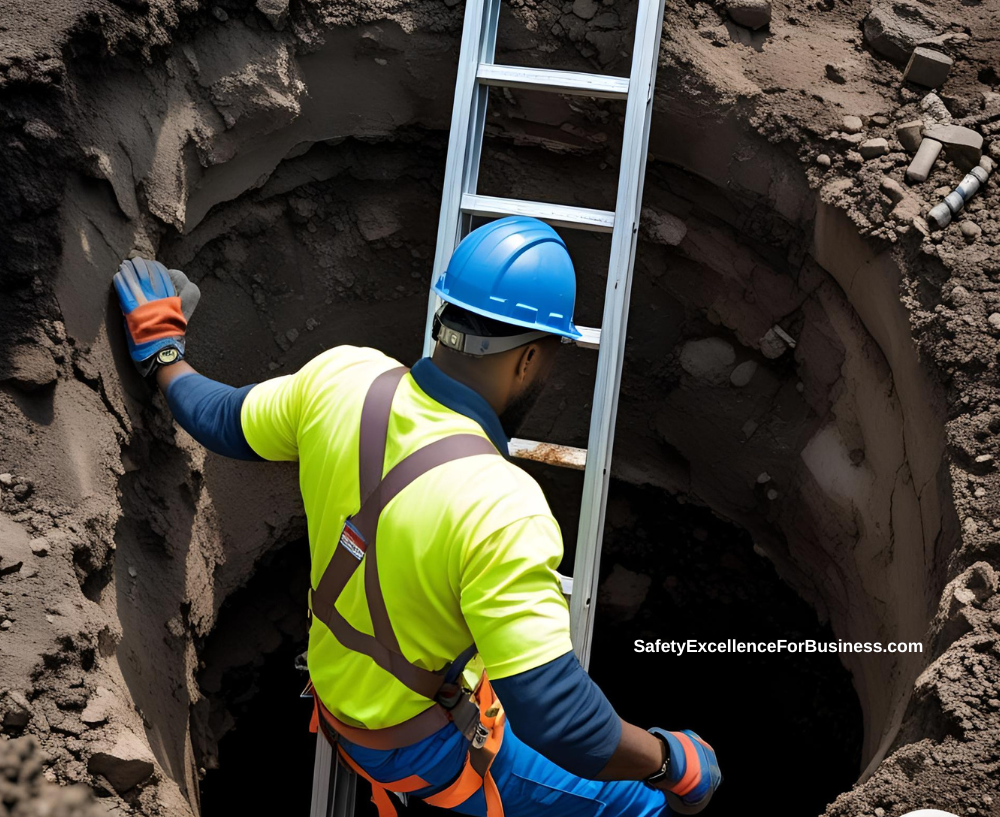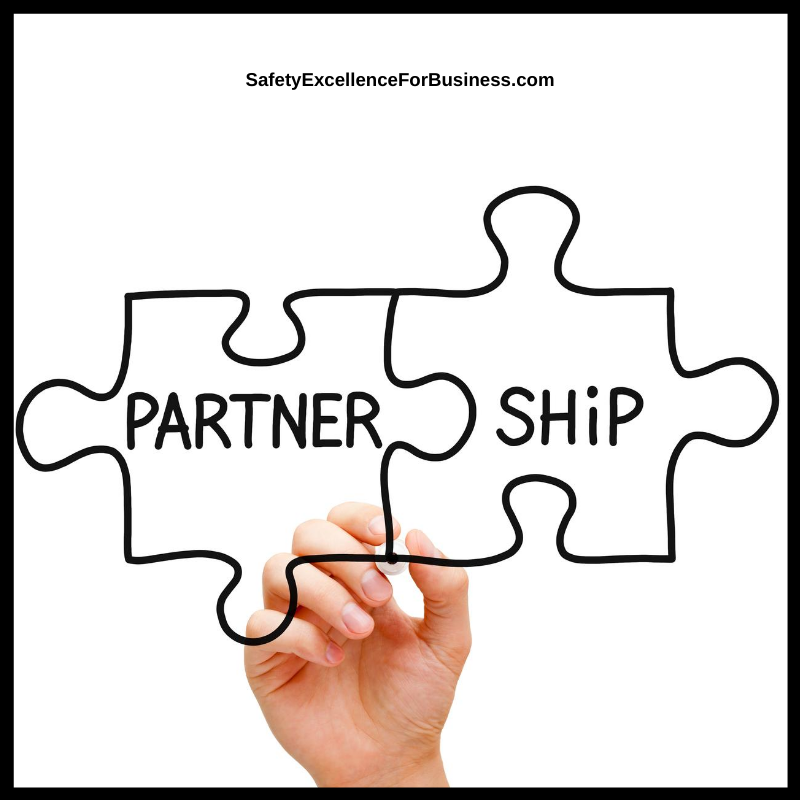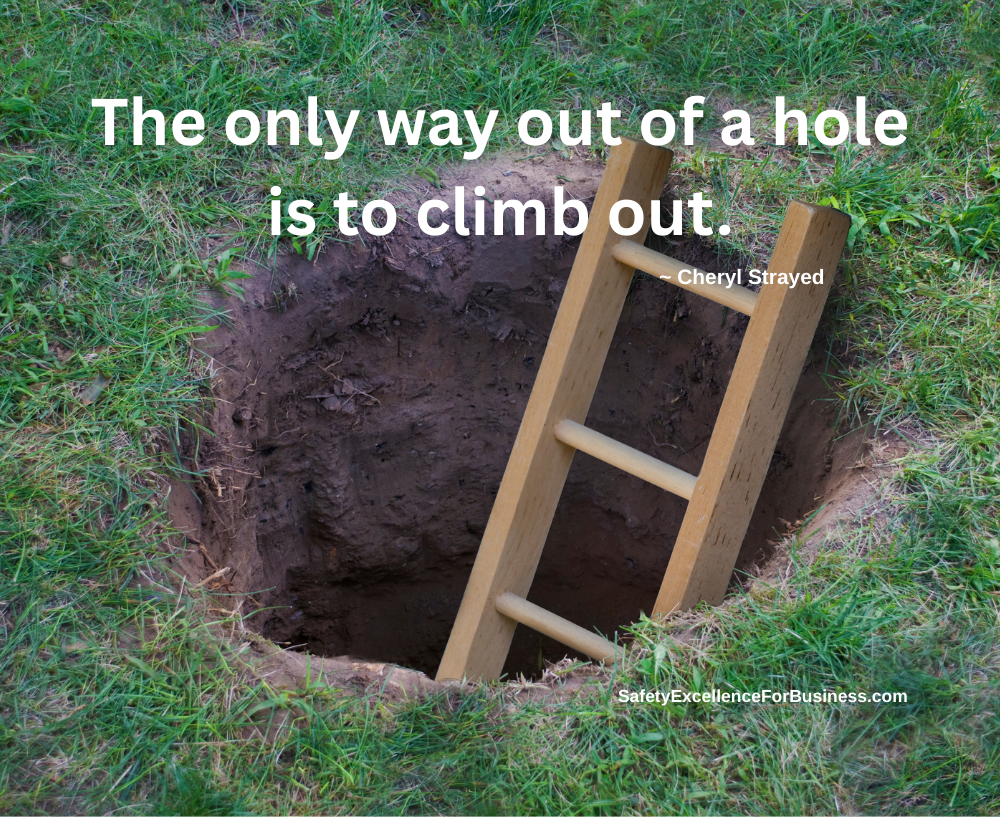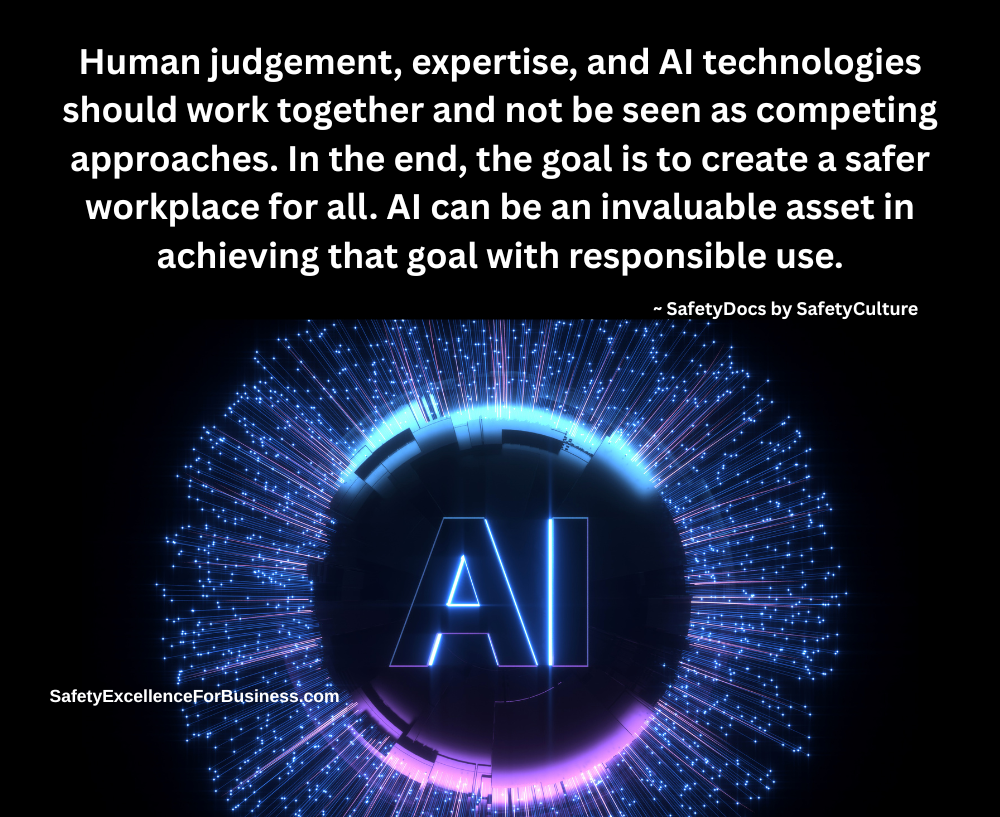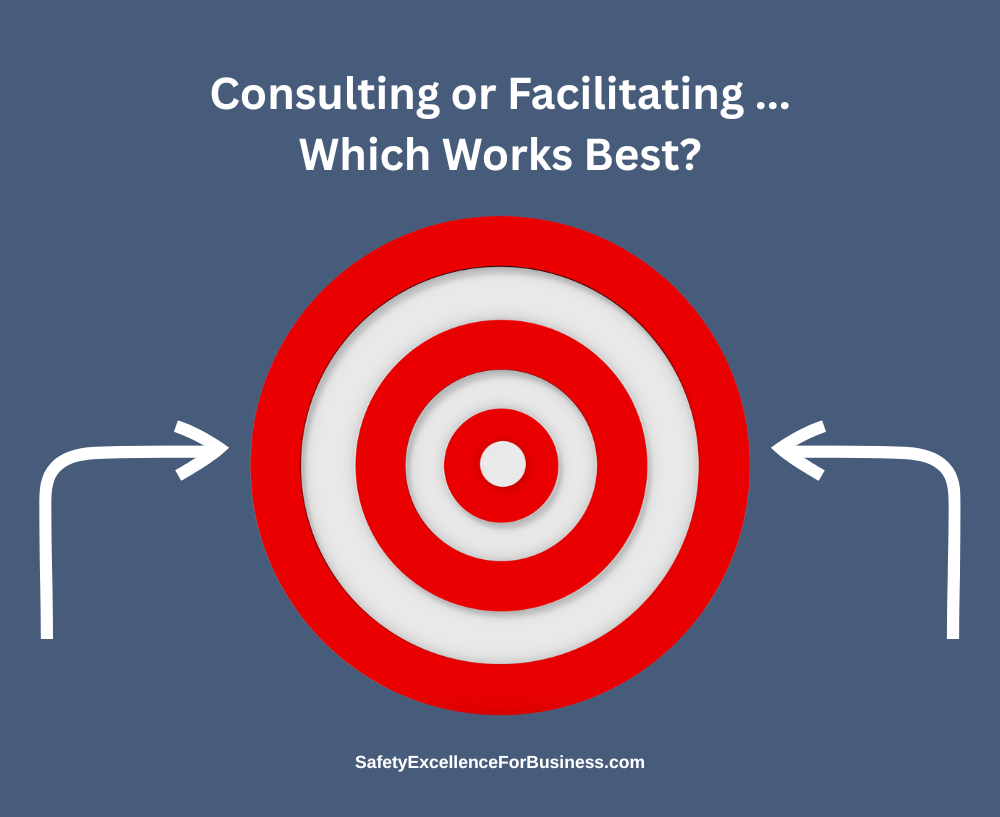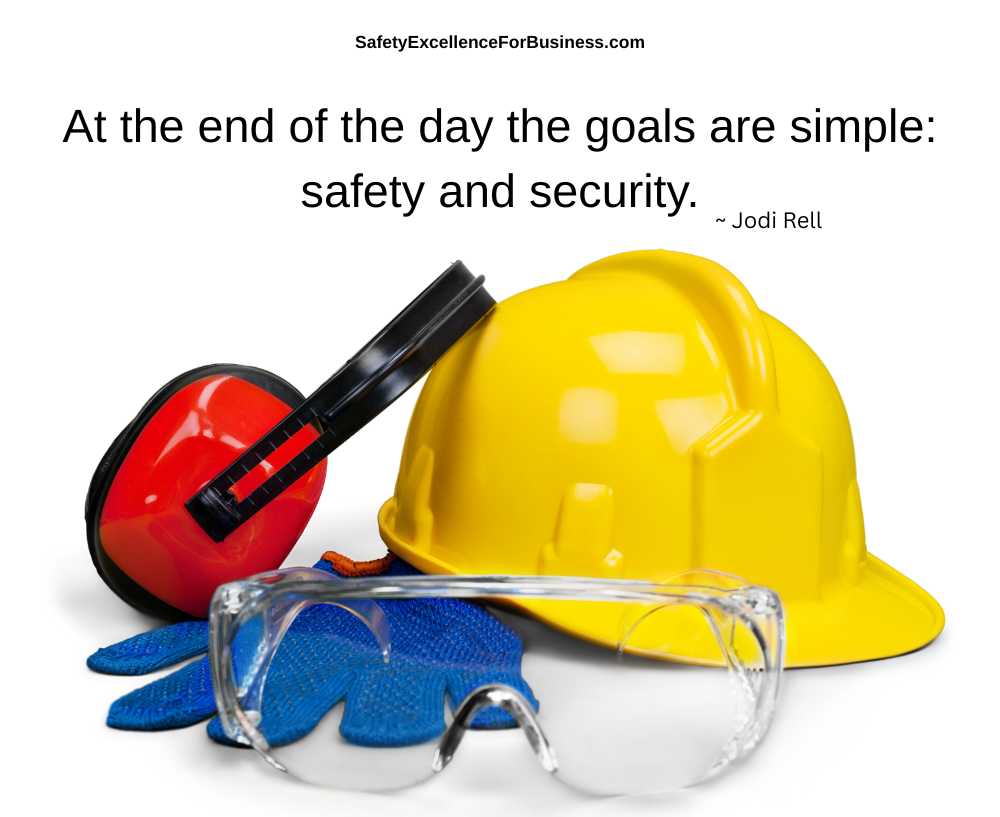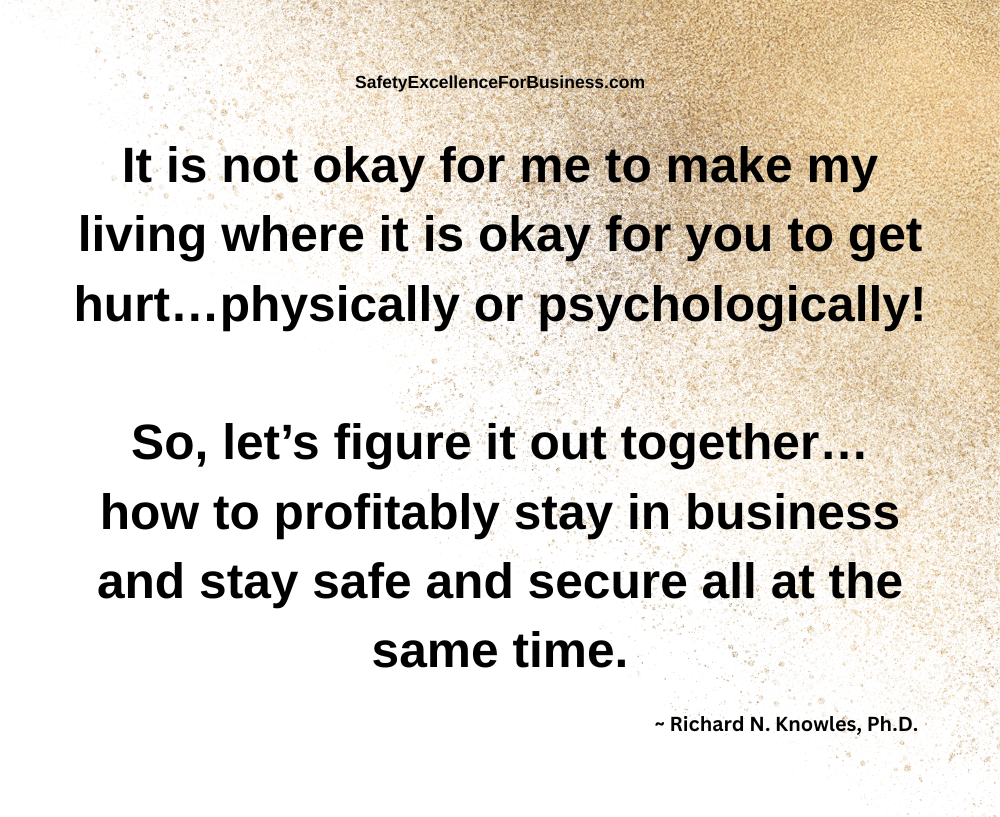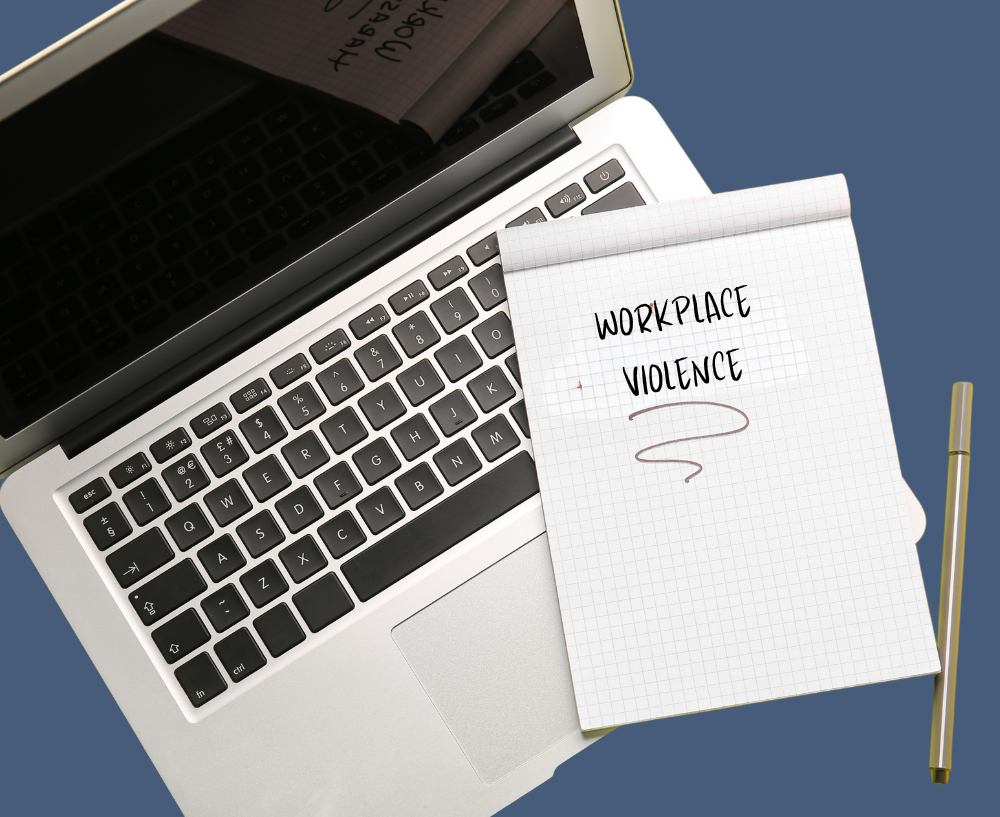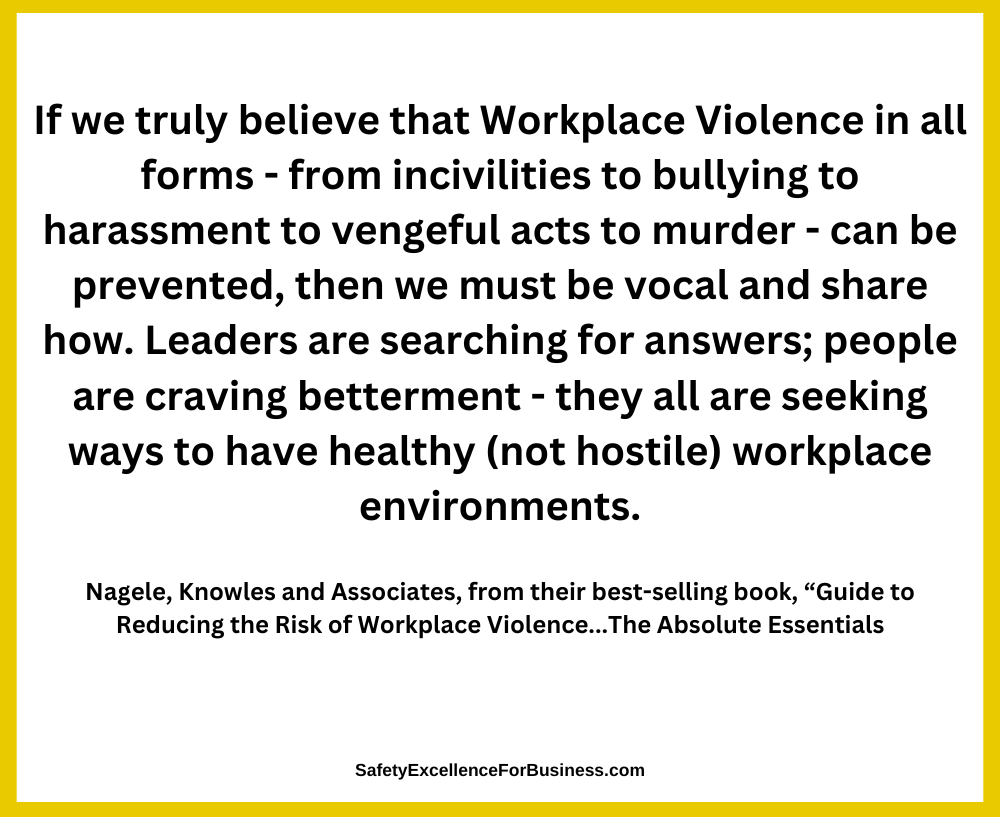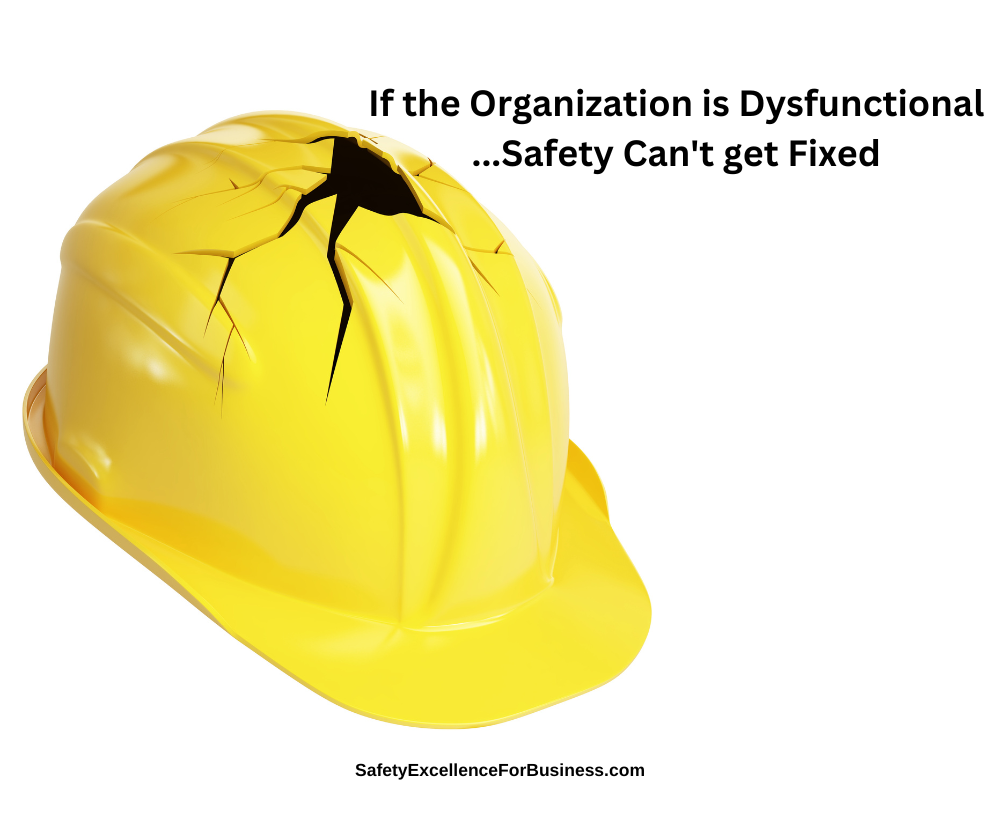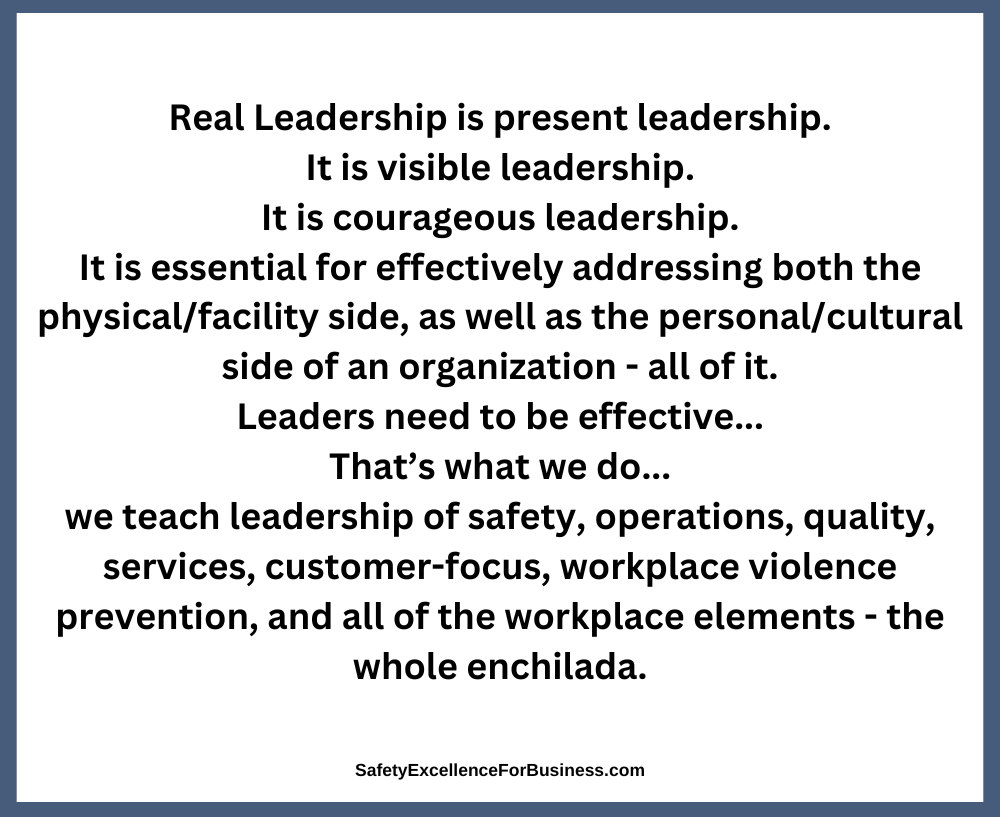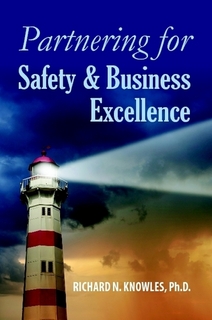The strong, fall winds are blowing hard. The temperatures are dropping.
With roads and driveways wet, and cold winds blowing, the risk of black ice becomes real. So it is timely to raise our awareness to this lurking risk.

When I was in college – about this time of year – one morning I set out on my bicycle to class. (Yes, bicycle!). Things went fine until I hit a patch of black ice, WOW! What a crash. Books and papers everywhere and me laying flat on my back wondering what hit me. Fortunately, I was not hurt.
Another time I was walking to work and we had a light dusting of snow. It was quite pretty with everything having a slight snow cover. As I was walking, I stepped onto a small patch of snow on the sidewalk. Under it was a sheet of black ice. I crashed so hard and fast that I was really shocked and had a good bump on my head. Fortunately, nothing came of the bump, but falls like this can be serious, even fatal.
I spun a car around early one morning as I drove onto a bridge. Fortunately, no other cars were there as it was very early morning, so nothing serious happened. I was lucky.

In all these stories, I was lucky that things were not more serious. In each of these, the black ice was a complete surprise. I was not expecting it at all. That is the way black ice is. It is almost invisible and very slippery, especially when covered in a dusting of snow. (I should have been more attentive to the potential risk of black ice.)
Please keep an eye out for yourselves as you get going in the morning, so you do not get into a black ice adventure.
I’m reminded how experiencing the surprise of black ice fits perfectly in the seasonal safety slogan of Expect the Unexpected.
